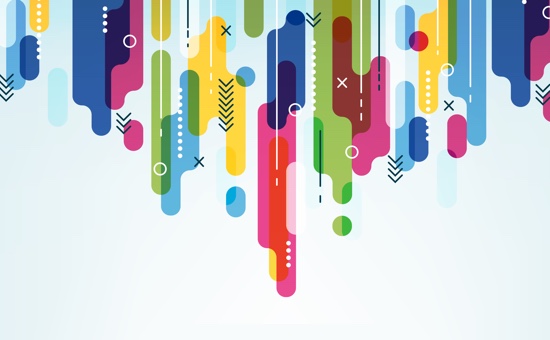Digital Marketing and Colour Psychology
Forming emotional connections through digital campaigns, here we look at the use of colour which could be the determining factor of the ultimate success or otherwise of your campaign
- 29 Jan 2018
- Advice, Marketing

Constructing content marketing campaigns that will resonate with audiences is no easy task. While you might find it fairly easy to come up with campaign concepts, fleshing out the ideas and framing them in such a way that will effectively convey the core messages that you want to get across is always a much more complex and intricate process than it might initially seem.
Garnering audience engagement is crucial for all digital marketing campaigns, regardless of whether they have been engineered to inform, educate, or entertain. One of the most effective ways to guarantee engagement is to elicit an emotional response from your audience. Now, here you might be thinking, 'well yeah, obviously, but that's much easier said than done'. And you would, of course, be right. But it's supposed to be difficult because if it wasn't, everyone would be an expert.
Forming emotional connections through digital campaigns is notoriously complicated and nuanced, but how would you respond if we said that your use of colour could be the determining factor of the ultimate success or otherwise of your campaign?
Colour as an Emotional Cue
Psychologists have conducted a lot of research into the power of colour and widely believe that it is both closely linked with emotion and has the ability to effectively symbolise actions and feelings.
Yellow, for example, evokes feelings of optimism and happiness, which in turn activates memory and encourages communication. On the other hand, blue evokes feelings of trust and strength, encouraging intuition and a sense of calm. You will often see yellow hues used through retail shop windows precisely because it is a fun and inviting colour. In turn, blue is widely seen within marketing materials for professional services because it feels trustworthy and responsible.
As colour acts as an important emotional cue, it's really important for brands and marketers to utilise the unique power of colour and ensure that their choices effectively reflect and synchronise with campaign messages.
Colour and Non-Verbal Communication
Digital marketing is heavily reliant on non-verbal communication and colour is easily one of the most important tools in the armoury. A great deal of thought is typically channelled into certain design elements, particularly brand logos, however this same consideration should also be applied to every single component of branding.
Grey, like blue, is a colour widely associated with professionalism and reliability. OK, it's not the most visually appealing colour but it carries connotations of practicality and intelligence which makes it a commonly utilised colour within technology products. Conversely, pink is often seen as a hopeful and nurturing colour which can also evoke feelings of fun and youthfulness. Pink is routinely (and sometimes excessively!) used throughout marketing aimed at a female audience, however it's also an excellent choice for campaigns aiming to prompt action. It is therefore a hue that is being widely reclaimed as powerful and strong, changing the perceptions of those who have misunderstood it as immature or powerless.
Colour theory is as complex as any other element of a top-notch marketing campaign once you factor in the need to consider context, personal taste, and previous experience.
If you're keen to investigate the persuasive potential of colour for yourself, give us a shout - we'd love to hear from you!

